The best shows of Haute Couture Week A/W 2025
From Chanel’s trip to the great outdoors, to an Armani Privé collection that was rooted in the colour black
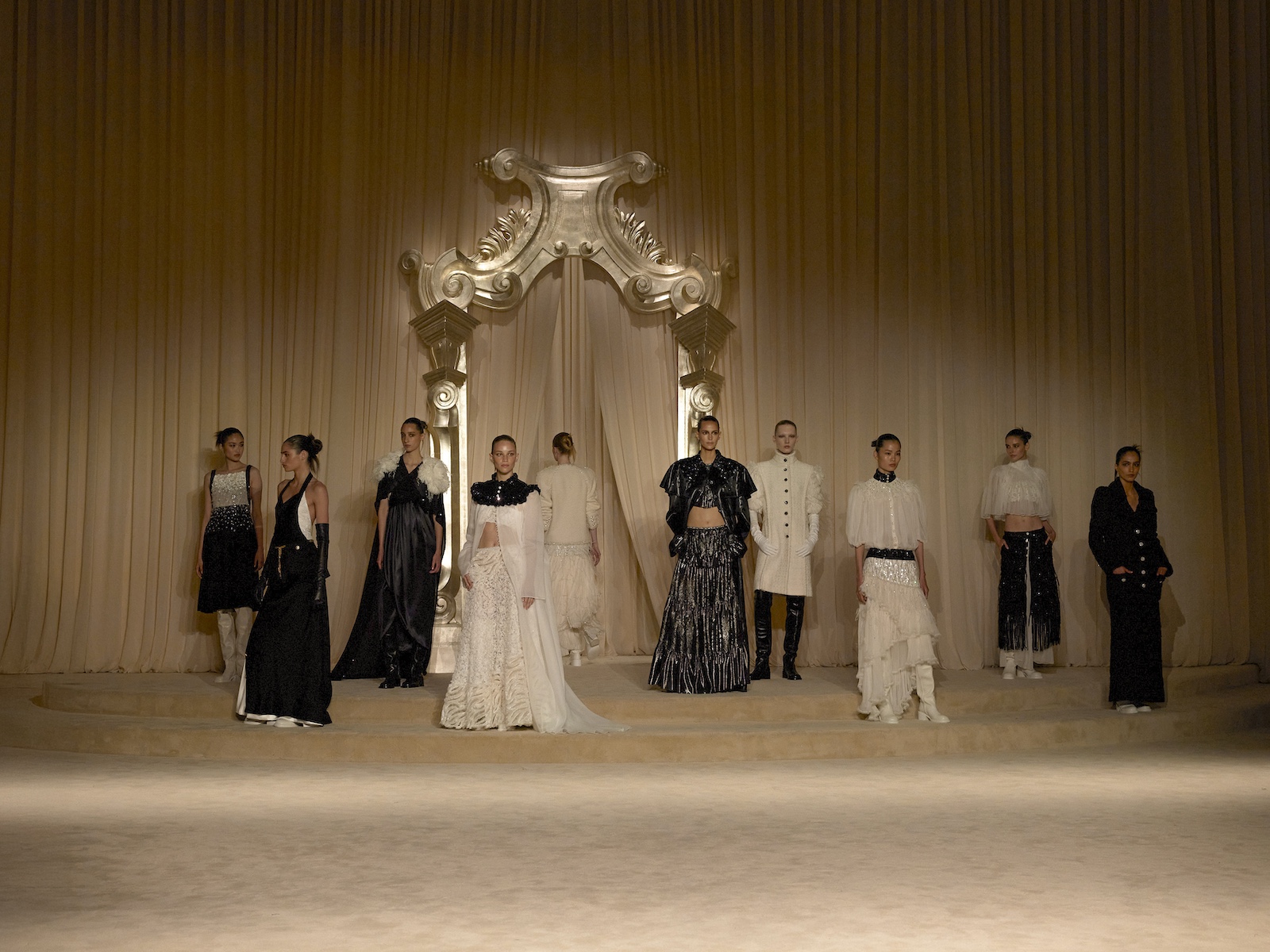
There is nothing on the fashion calendar quite like the Haute Couture shows, which take place twice yearly and represent the lofty pinnacle of Parisian craft – superlative expressions of construction and embellishment, with a couture gown taking hundreds of hours of handcraft to complete (to qualify for haute couture status, each garment must be made to measure to the particular contours of a client’s body). The presentations themselves reflect the rarefied status of the gowns on show, often featuring fantastical sets and starry front rows, or taking place in the historic couture salons in front of just a handful guests.
This season marks something of a turning point: it will be Chanel’s last collection by an in-house creation team before the arrival of Matthieu Blazy later this year; Dior will sit out the season to allow Jonathan Anderson time to settle into his new role; and Demna will present his final collection for Balenciaga before he heads to his new role as creative director of Gucci. Elsewhere, Glenn Martens will mark his first collection at Maison Margiela – replacing John Galliano – and shows from Schiaparelli and Armani Privé will round out the schedule.
Here, reporting from Paris, the best shows of Haute Couture Week A/W 2025, as they happen.
Balenciaga
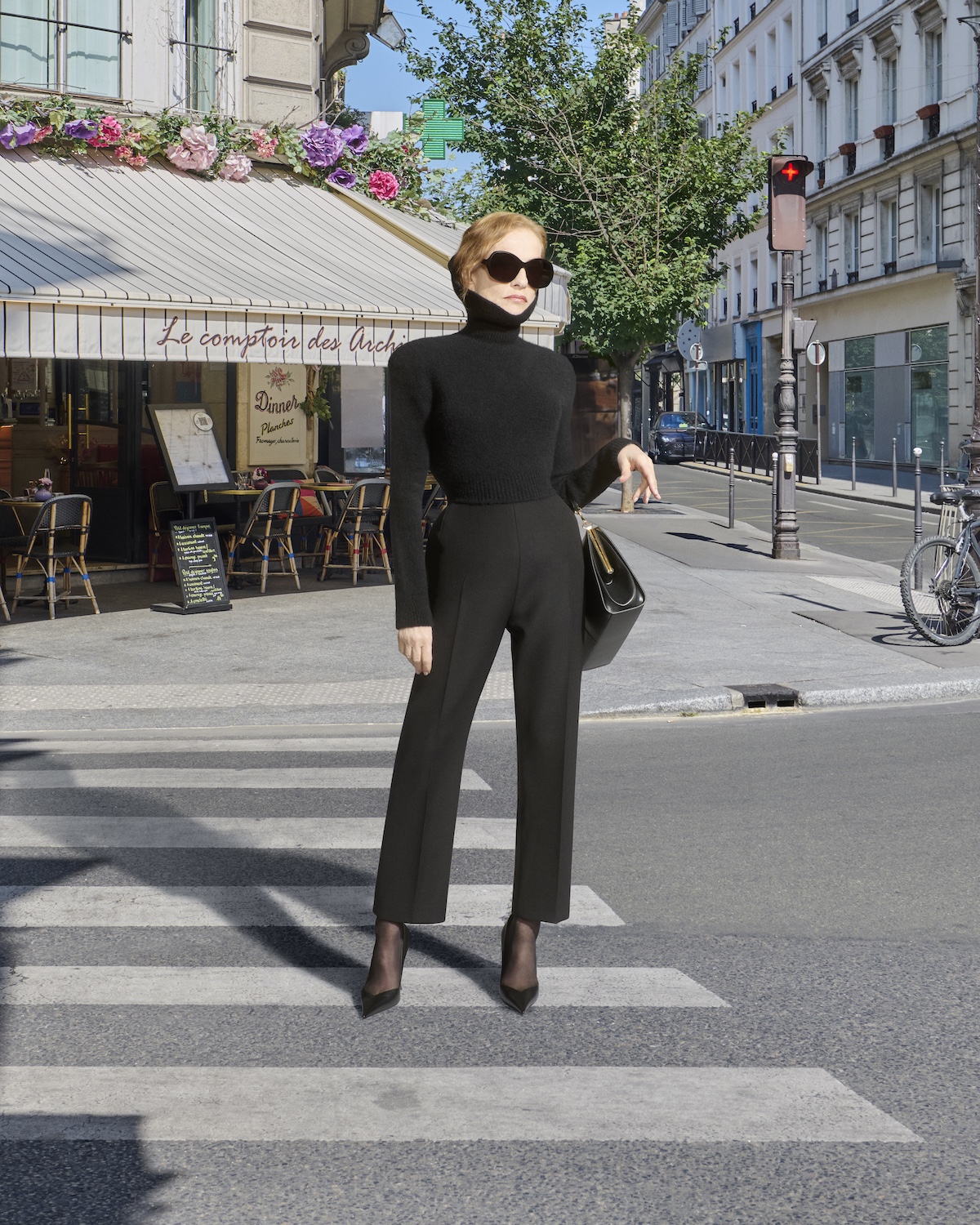
‘Fashion lives on the edge of tomorrow – driven not by what we know, but the thrill of discovering what comes next,’ read a hand-written letter from Demna left on each seat at the historic Balenciaga couture salon on Avenue George V on Wednesday morning (Cristóbal Balenciaga opened the Parisian address in 1937; in 2020, Demna would renovate it to an exact replica, all the way down to the patina of age). The note was pertinent: later this month, the Georgian designer, who rose to prominence at Vetements before a ten-year tenure at Balenciaga, will undertake a new role at Gucci, overseeing the Italian house’s mens and womenswear collections.
It meant that the haute couture collection would be his swansong for the house, seeing friends and collaborators gather both on the salon’s gilded seats – the same as clients would have sat on during the era of M. Balenciaga – and on the runway, with celebrity muses Kim Kardashian and Isabelle Huppert both walking in the show. That was fitting, too: one of the inspirations for the collection was the Golden Age of Hollywood – a ‘perpetual obsession’ of Demna’s – with ‘mink’ furs (actually an intricate assemblage of feathers) worn with slip dresses, or the nipped-waist ‘Diva’ and ‘Debutante’ gowns. The former came in dramatic black sequins, inspired by Marilyn Monroe; the latter fell away to featherweight layers of organza. Around Kim’s neck were glimmering jewels inspired by Elizabeth Taylor, created by celebrity jeweller Lorraine Schwarz.
A more severe expression of glamour came in sharp, technical tailoring, which rose up, Nosferatu-style, at the collar. He said these looks were inspired by the ‘dress codes of “La Bourgeoisie”’, with one model brandishing a golden suitcase. For men, tuxedo tailoring was widened and loosened up – created by family-run ateliers in Naples and inspired by the Neopolitan jacket, the eight blazers in the show were designed to be ‘one-size-fits-all’ (to demonstrate the point, one was worn by a bodybuilder-cum-security guard).
It finished with house muse Eliza Douglas in a structured Guipure lace dress – an evocation of the couture bride in Demna’s subversive vernacular. It has been on this haute couture stage – since reinvigorating the line in 2021 – that Demna has achieved his greatest triumphs, a studied elegance which is modern in construction and without nostalgia. ‘I always knew that couture had this kind of magic to it, of being an experiential way of wearing clothes,’ he told Wallpaper in 2024. ‘I just wondered if it would still be like that. The world we live in is so oversaturated with information, colour, visuals. We’ve become numb to the beauty of the world. Why don’t we see the beauty anymore? We need it to survive as a human race. I don’t want to be numb to the sunset.’
Receive our daily digest of inspiration, escapism and design stories from around the world direct to your inbox.
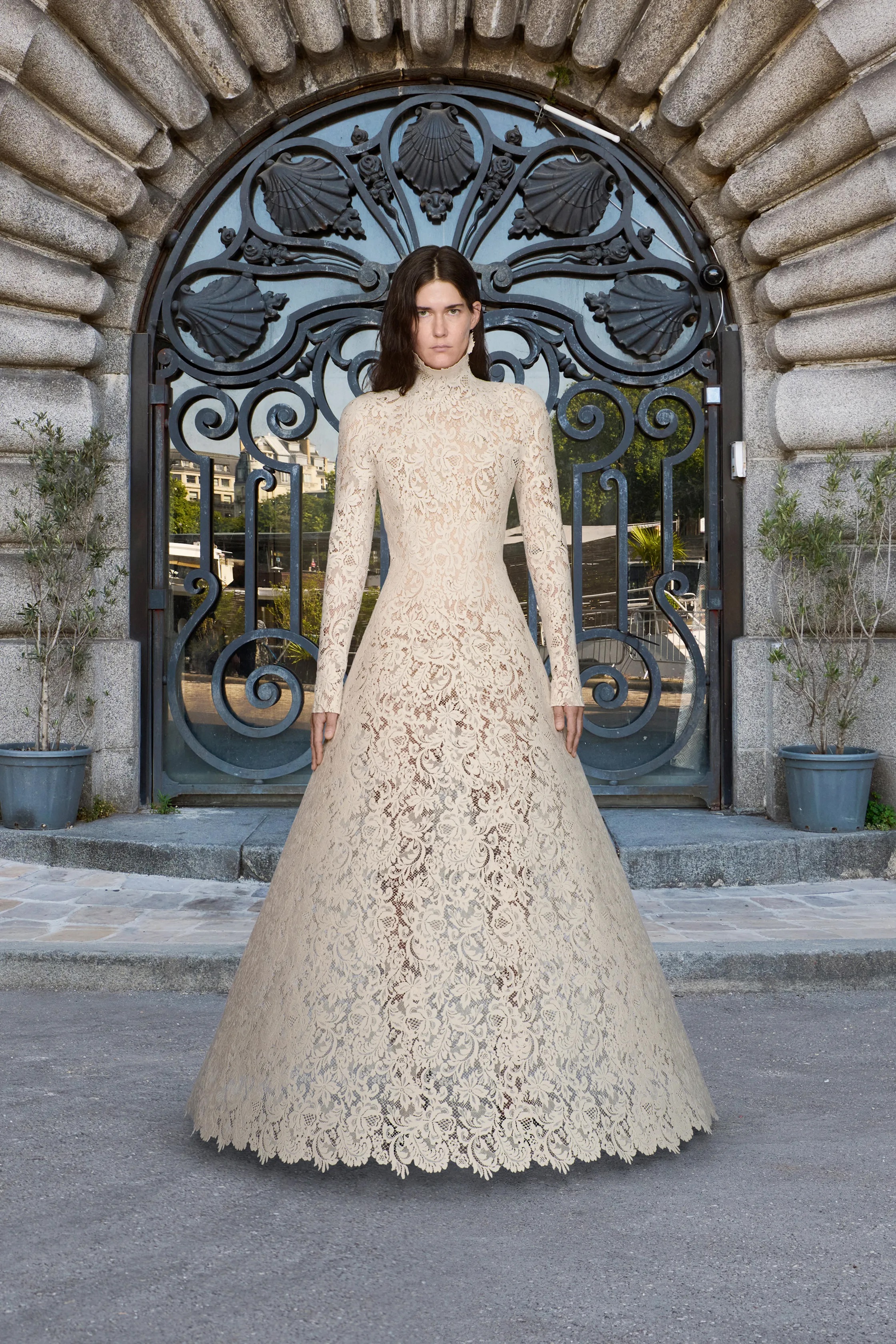
Armani Privé
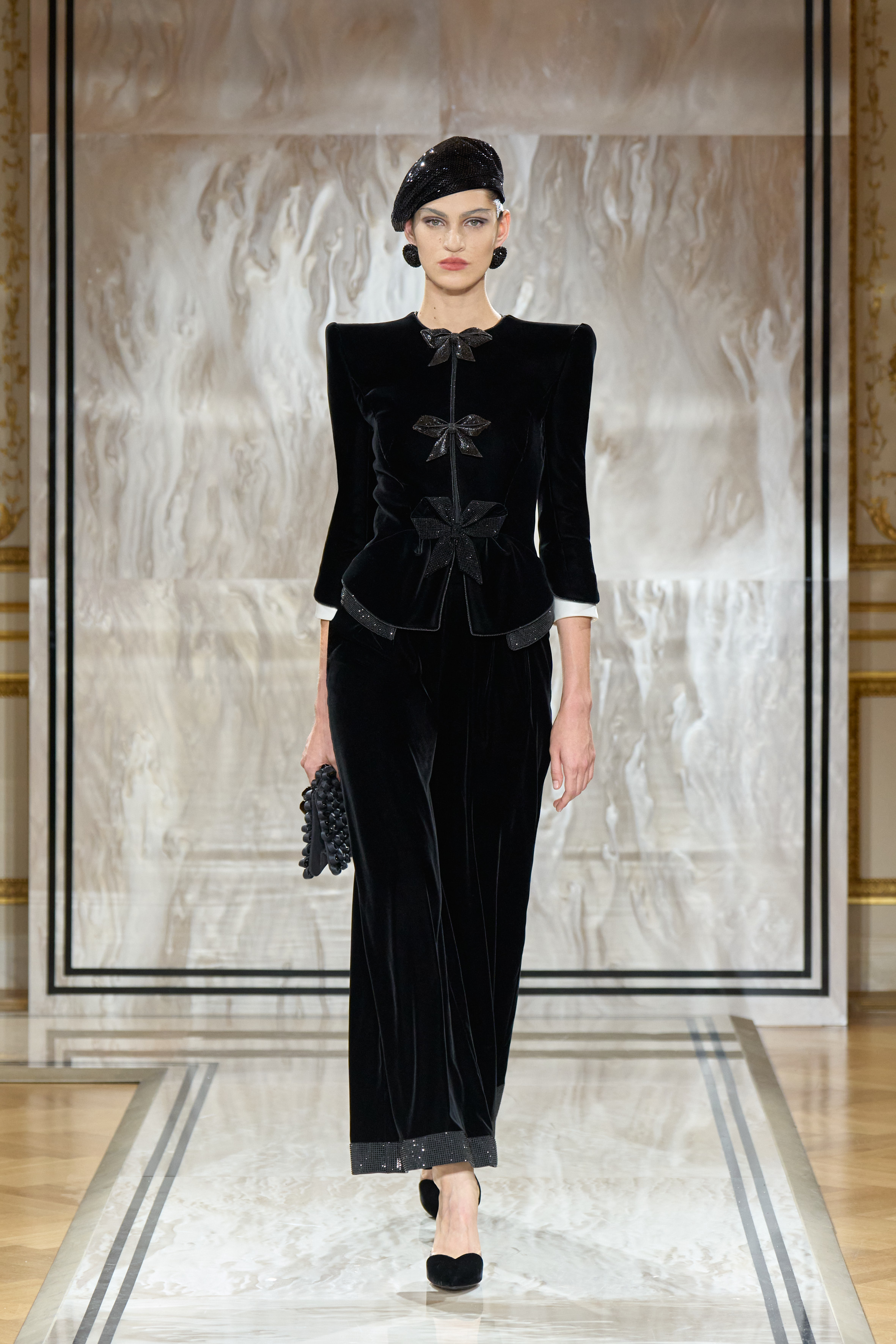
The colour black was the starting point of Giorgio Armani’s latest Privé outing, the couture arm of the Italian designer’s eponymous empire. ‘Far from monotonous, black reveals an entire spectrum of shades and possibilities,’ read the collection notes, and there was indeed a richness of expression here. This was largely done through surface embellishment – intricate floral motifs, hanging pailettes and the requisite swathes of light-catching crystals – alongside intriguing fabric choices, from rich jacquards to inky velvet and iridescent organza.
The show was staged at the Palazzo Armani, which opened officially last season, and Mr Armani himself was a notable absence, still recovering at home in Milan after a short illness (the designer also missed his bows at the menswear shows last month). However, word has it that he was omnipresent – at least via phone, overseeing proceedings remotely in his typically exacting style.
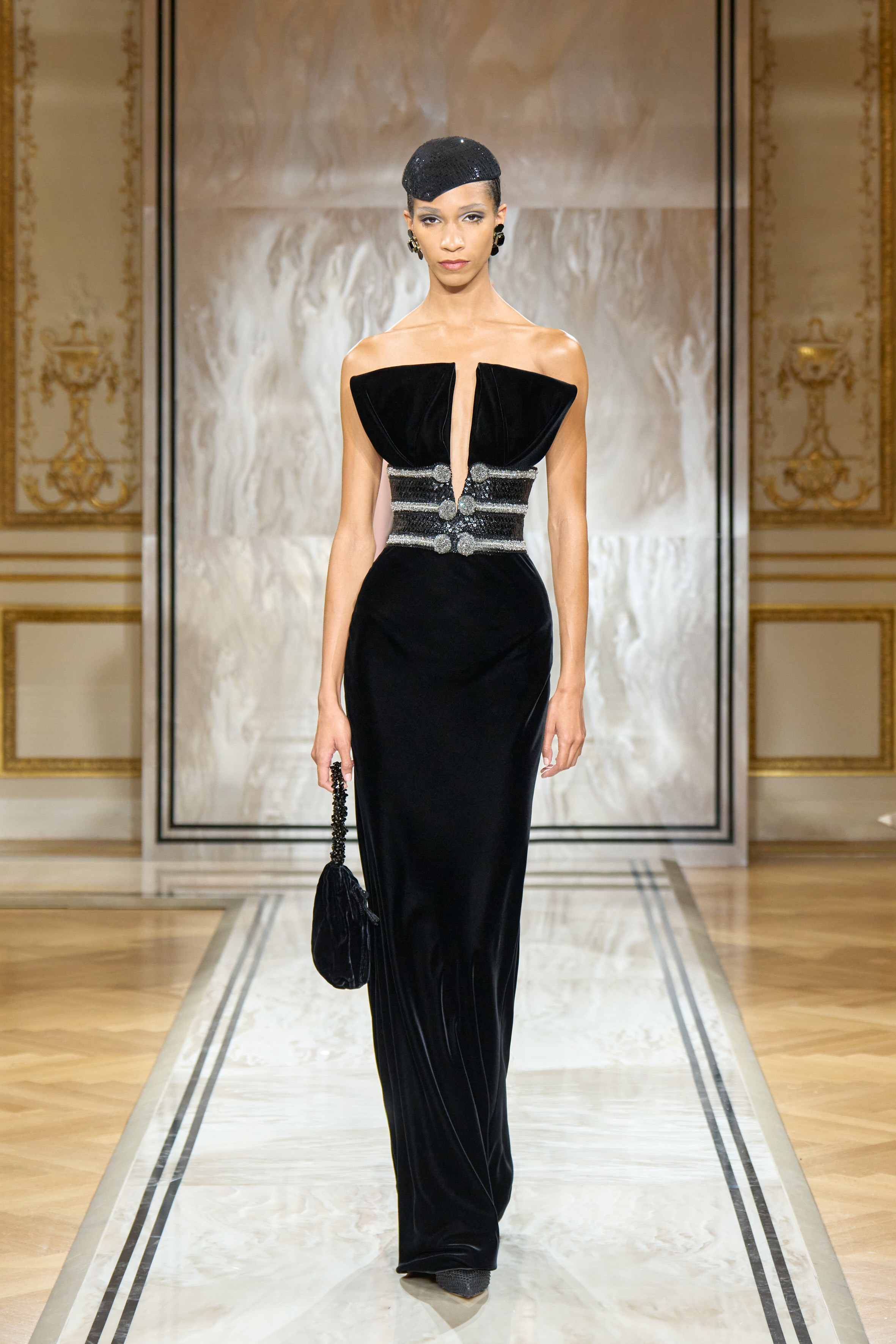
Chanel
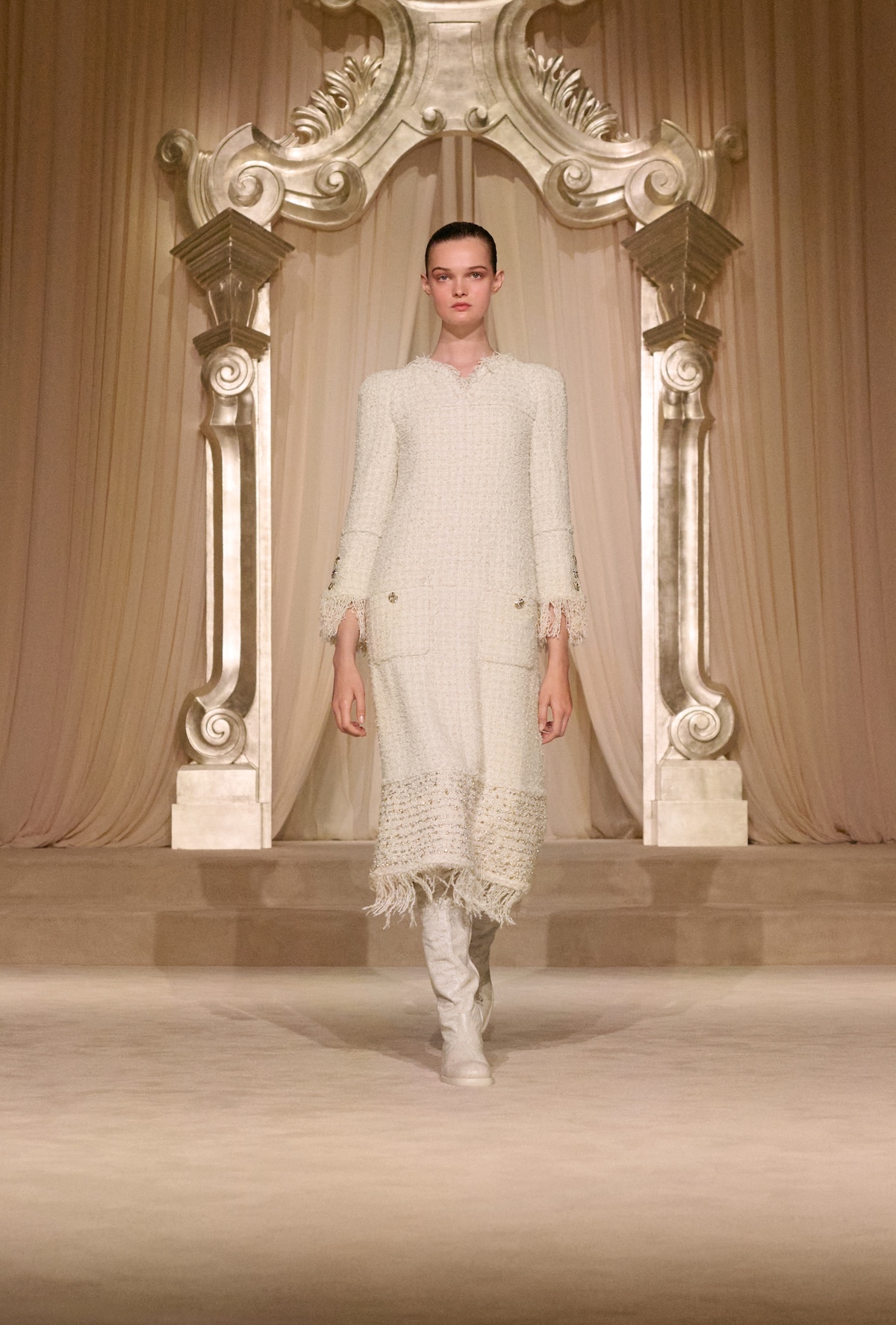
Chanel’s latest show took place at the Grand Palais, its Salon d’Honneur transformed by the Canadian designer Willo Perron into a recreation of the house’s haute couture salon on Rue Cambon, complete with champagne-coloured drapes, a vast white carpet and plush banquette seating (an ode to ‘the imagination of 31 rue Cambon in Paris, the only Chanel Haute Couture address for over a century’, said the house). The collection itself, though, looked towards ‘wide-open nature’ – signalled by a single golden ear of corn left on each attendee’s seat – a reference to house founder Gabrielle ‘Coco’ Chanel’s love of the great outdoors, particularly the Scottish Highlands.
As such, expressions of the superlative craft of the Chanel atelier – intricate beading and featherwork on tweed, diaphanous layers of silk and degradé tulle, and floral embellishment that appeared like petals were falling from a flower – were grounded with heavy, thigh-high boots, like those one might wear for a countryside walk. Elsewhere, a chunky bouclé recalled sheepskin, while feathers evoked the fullness of fur. ‘An invitation to greener pastures,’ said Chanel, a house in the midst of its own transformation – this would be the final collection by the Chanel ‘Creation Studio’ before Matthieu Blazy makes his much-anticipated debut in October 2025.
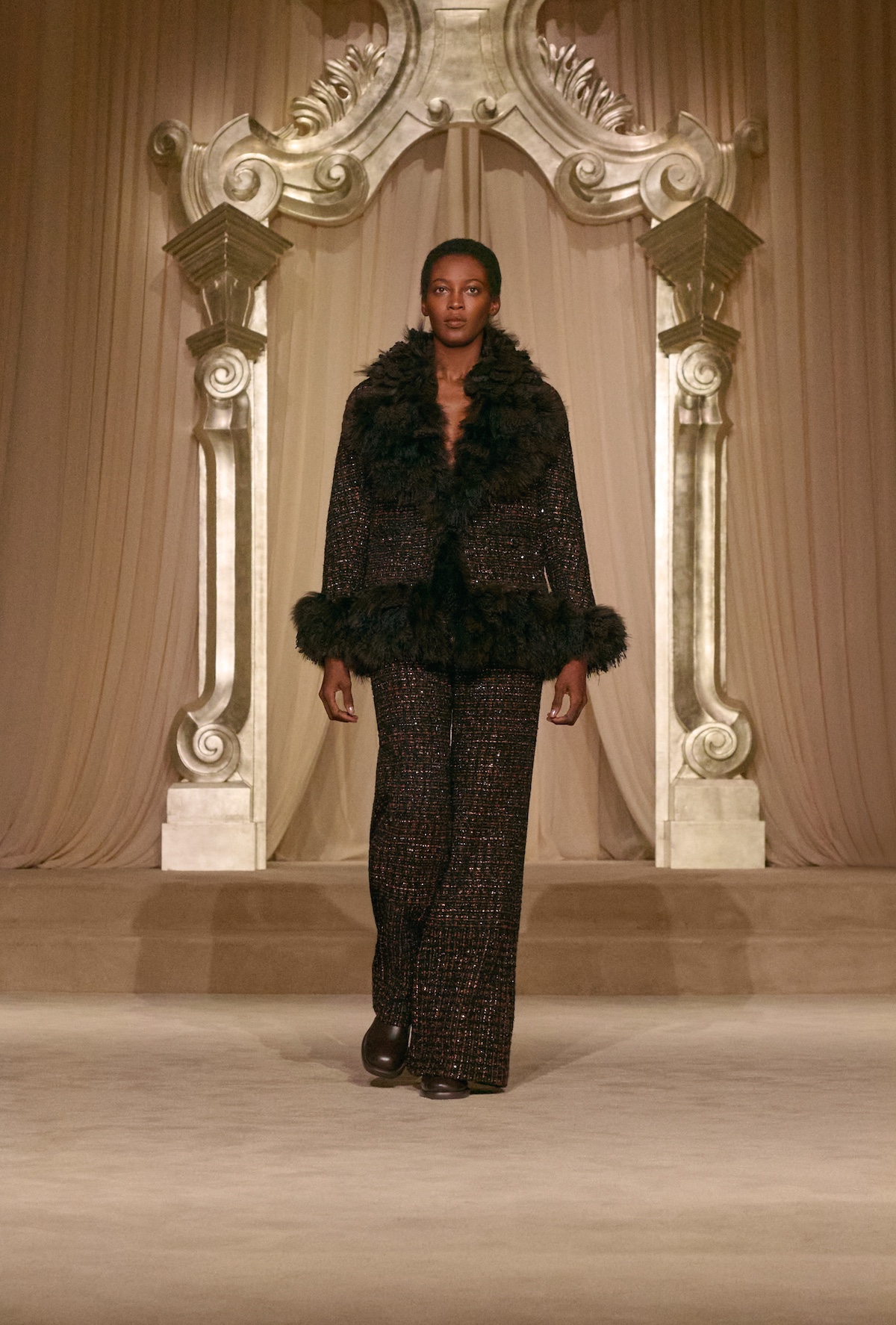
Schiaparelli
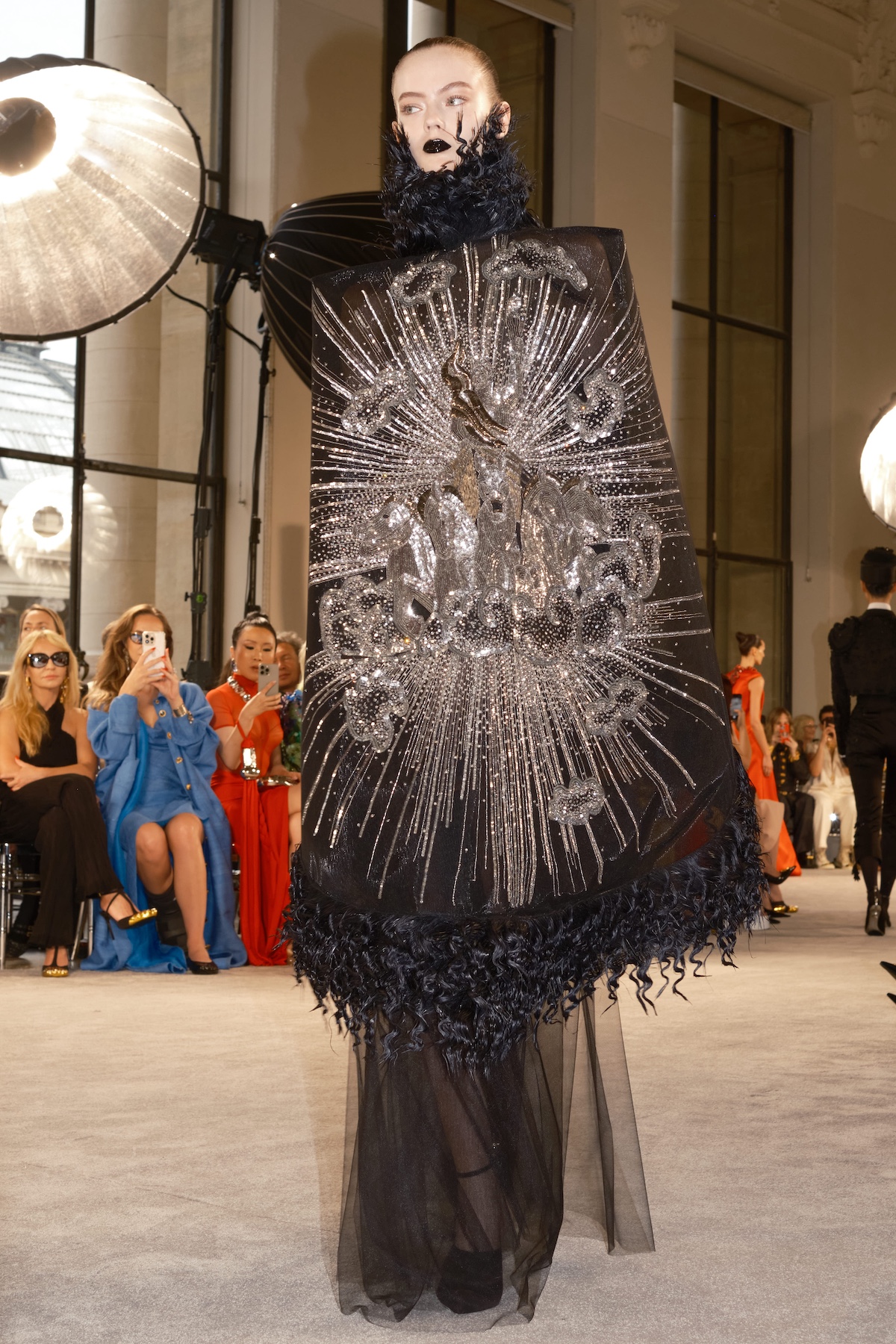
For his latest Schiaparelli collection, the American designer Daniel Roseberry began with a series of photographs he discovered in the house’s archive taken in 1940, just prior to the German invasion of France. ‘This collection is dedicated to that period, when life and art was on the precipice: to the sunset of elegance, and to the end of the world as we knew it,’ he said in a letter distributed before the show; afterwards, he elaborated that it was a time that felt ‘mournful and also turbocharged at the same time’. Archival references came from a 1938 ‘Apollo’ cape – here intricately bejewelled – while Elsa Schiaparelli’s part in the Surrealist movement of the interwar period was conjured in a dress which appeared like the body had been twisted back to front, completed with a glimmering mechanical heart which beat as the model walked the Petit Palais runway.
But Roseberry was looking forward, too, seeing the collection as an inflection point towards a new vision for Schiaparelli. On the runway this was symbolised by the rejection of the corset, a mode of construction that has so far defined his tenure. For this, he name-checked Gabrielle ’Coco’ Chanel, a contemporary of Elsa Schiaparelli who sought pragmatism over artifice. ‘Chanel was interested in how clothes could be of practical use to women; Elsa was interested in what fashion could be,’ he said. ‘Was a dress still just a dress, or could it be considered a piece of art? How could fashion speak to art? How could art inform and speak to fashion? Fashion – and what we want and expect from it – would never be the same.’
Here, Roseberry attempted to reconcile these two ‘poles’, combining a feeling of bodily liberation – even those garments which appeared corseted were done so using techniques which ‘offer the wearer both intensity and ease’ – with moments of fantastical expression, from trompe l’oeil to ruffles, surface embellishment and evocations of matadors and horse riders (one look came complete with an in-built satin saddle). In these references, Roseberry sought to blur the line between past, present and future. ‘If I focused obsessively on the past, could I actually make a collection that looks as if it was born in the future?’ Roseberry asked.
It was a question that had him looking towards his own future at the house, too. ‘I wanted it to feel like a bit of a farewell,’ he said cryptically backstage. ‘We’re going to be restructuring everything after this. I think if you want to change the result, you have to change the process, and I just want to keep pushing forward. I just don’t want anyone to know what to expect.’
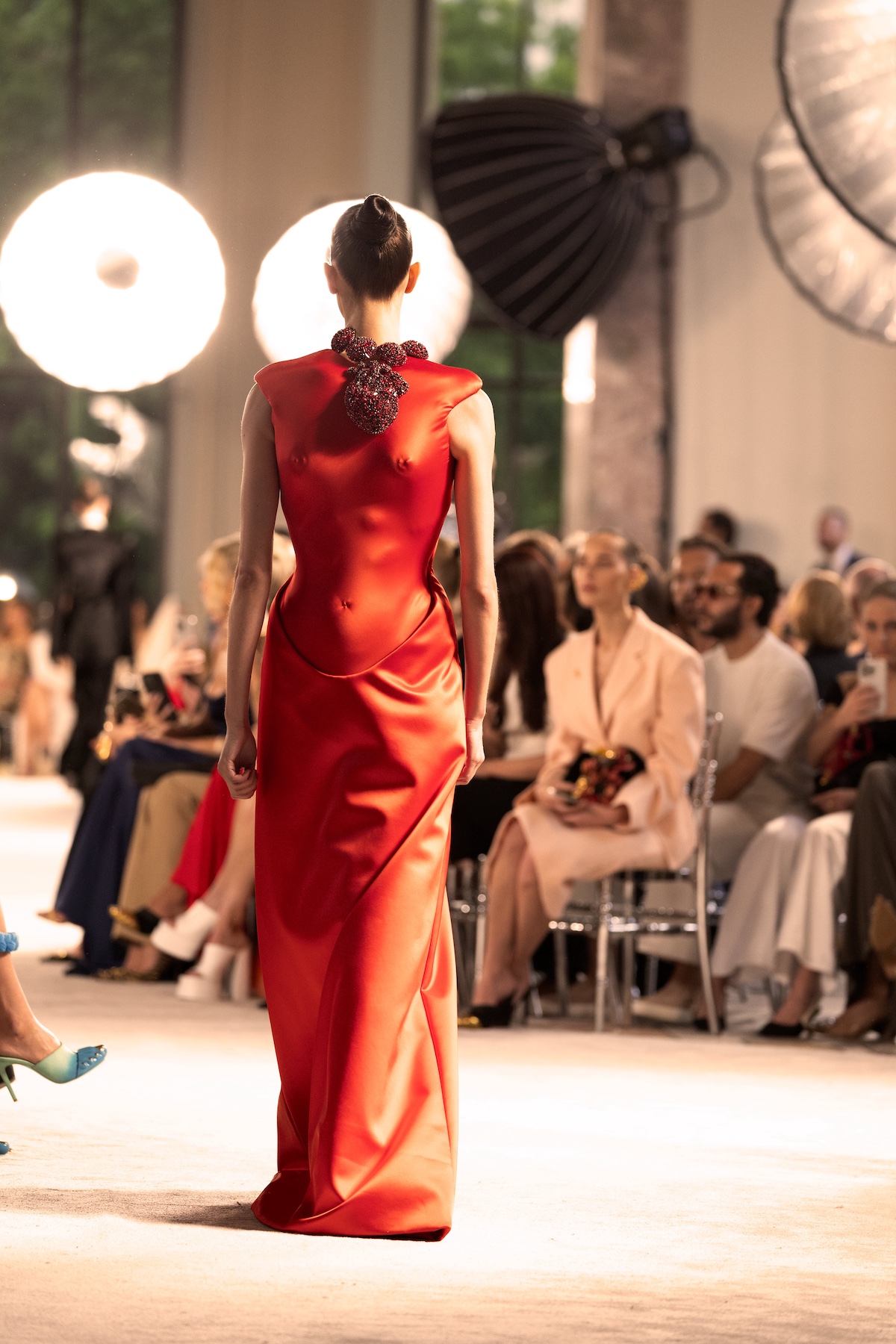
Jack Moss is the Fashion & Beauty Features Director at Wallpaper*, having joined the team in 2022 as Fashion Features Editor. Previously the digital features editor at AnOther and digital editor at 10 Magazine, he has also contributed to numerous international publications and featured in ‘Dazed: 32 Years Confused: The Covers’, published by Rizzoli. He is particularly interested in the moments when fashion intersects with other creative disciplines – notably art and design – as well as championing a new generation of international talent and reporting from international fashion weeks. Across his career, he has interviewed the fashion industry’s leading figures, including Rick Owens, Pieter Mulier, Jonathan Anderson, Grace Wales Bonner, Christian Lacroix, Kate Moss and Manolo Blahnik.
-
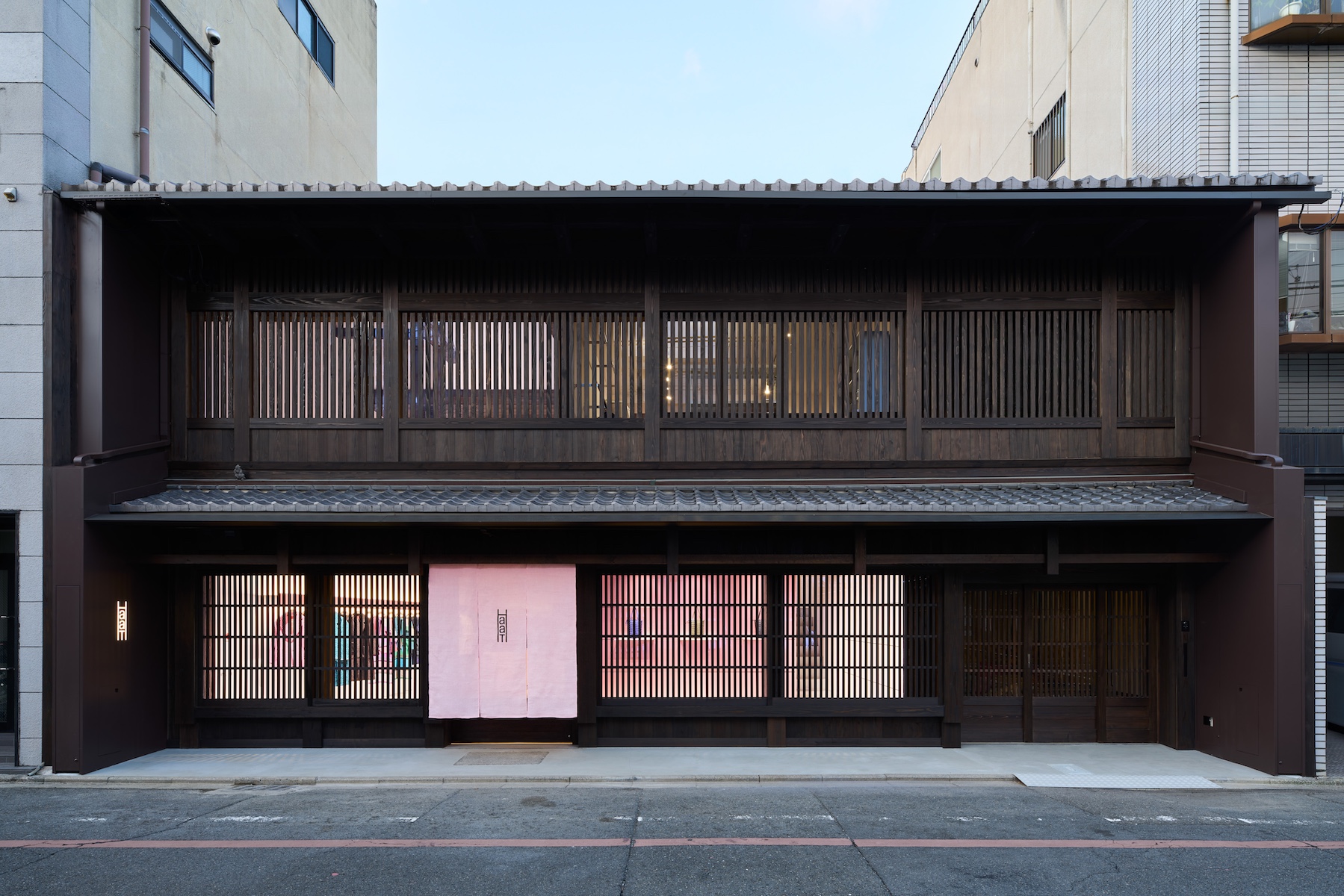 Issey Miyake’s HaaT flagship in Kyoto transforms a former sugar store into a pink-hued haven
Issey Miyake’s HaaT flagship in Kyoto transforms a former sugar store into a pink-hued havenRenovating a traditional timber building dating back over a century, the Issey Miyake offshoot’s new Kyoto store is a conversation between past and present
-
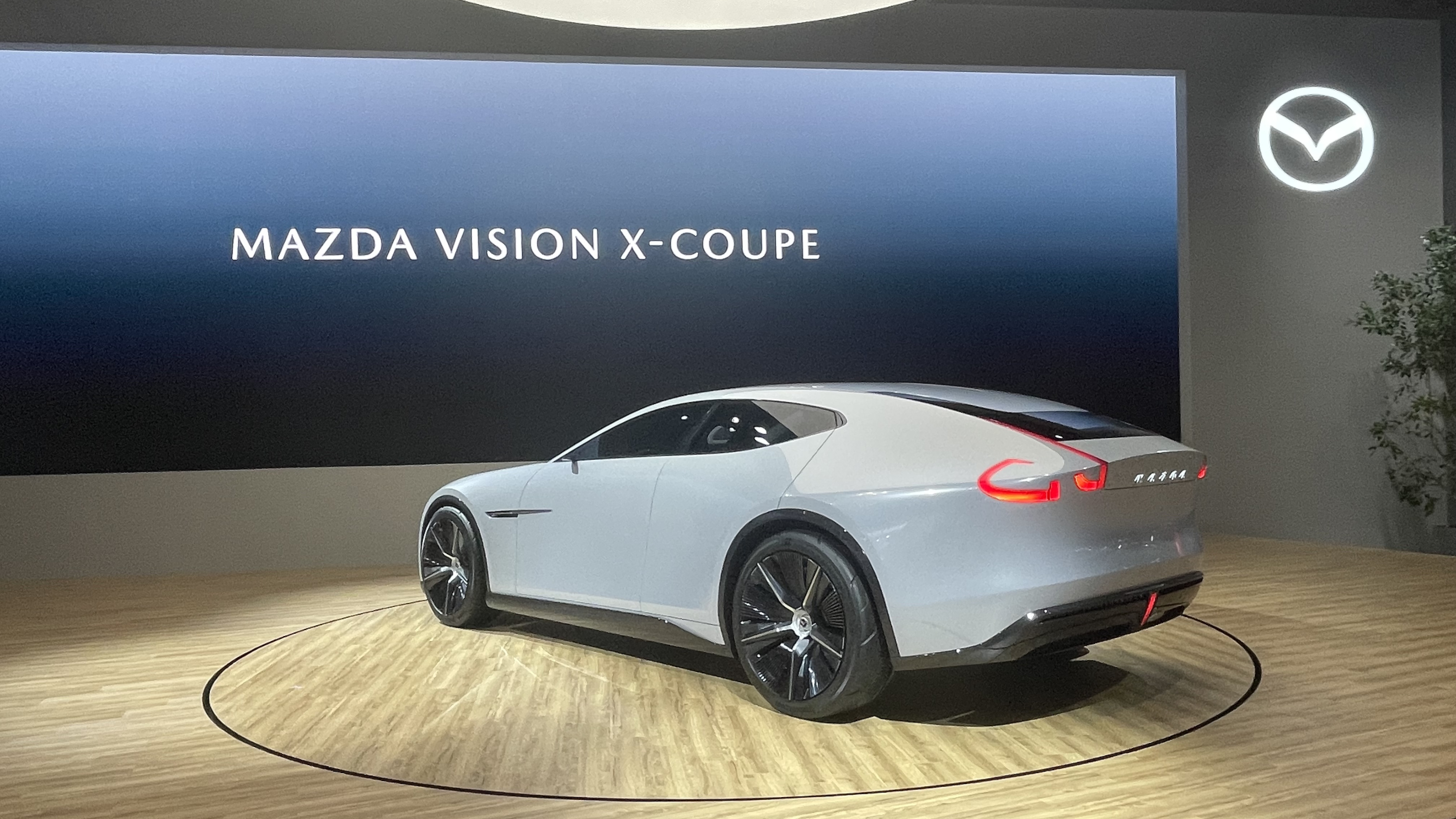 Wheels of the weird and wonderful: how the 2025 Japan Mobility Show met its brief
Wheels of the weird and wonderful: how the 2025 Japan Mobility Show met its briefWe bring you our selection of the ten most futuristic concepts and fascinating forthcoming machinery at Tokyo's Japan Mobility Show
-
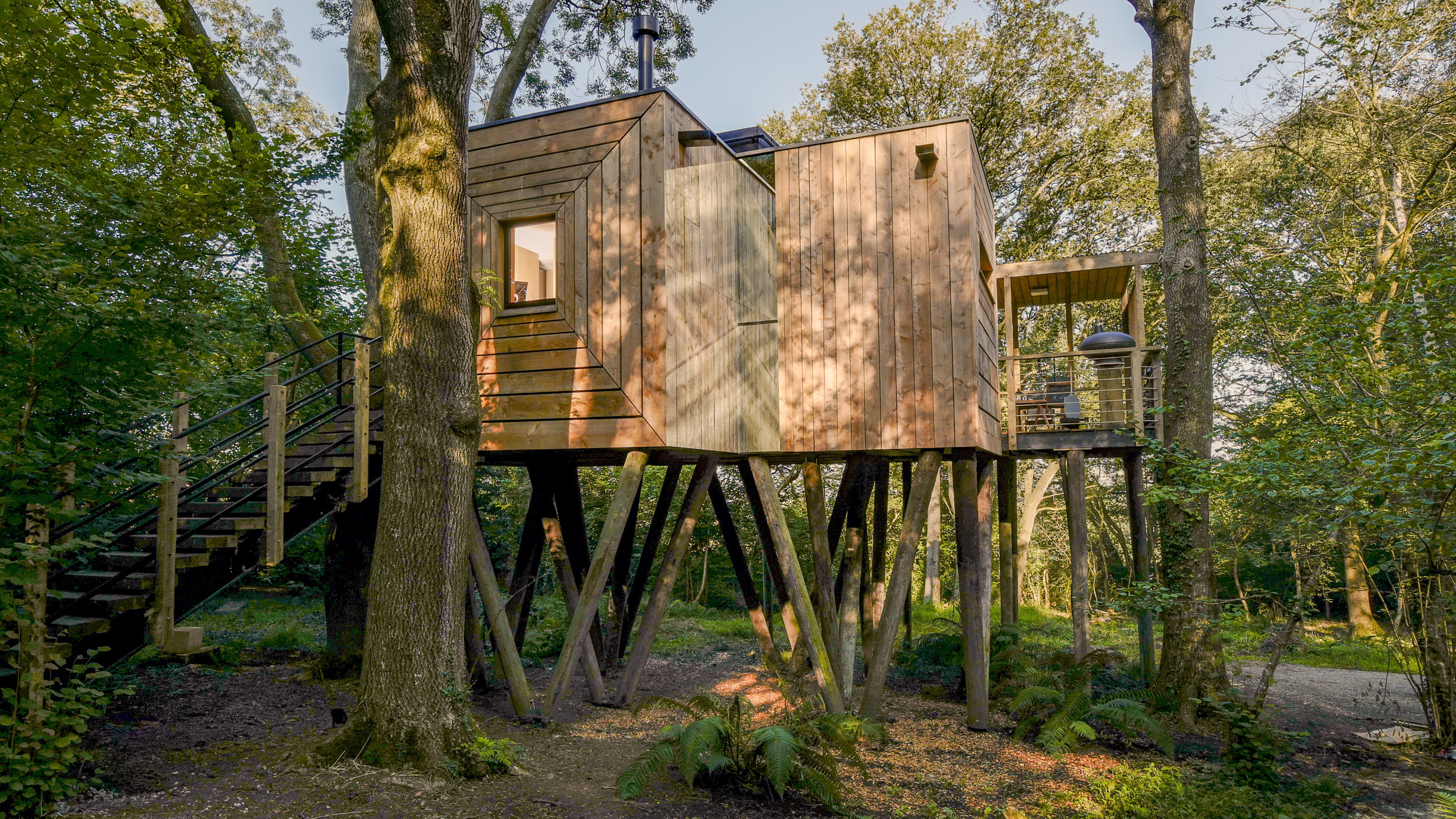 Find solace in the forest at this expansive treehouse retreat in Dorset
Find solace in the forest at this expansive treehouse retreat in DorsetFor sale for the first time, a treehouse, Mallinson’s Woodland Retreat, is a tribute to the skill of designer and master craftsman Guy Mallinson
-
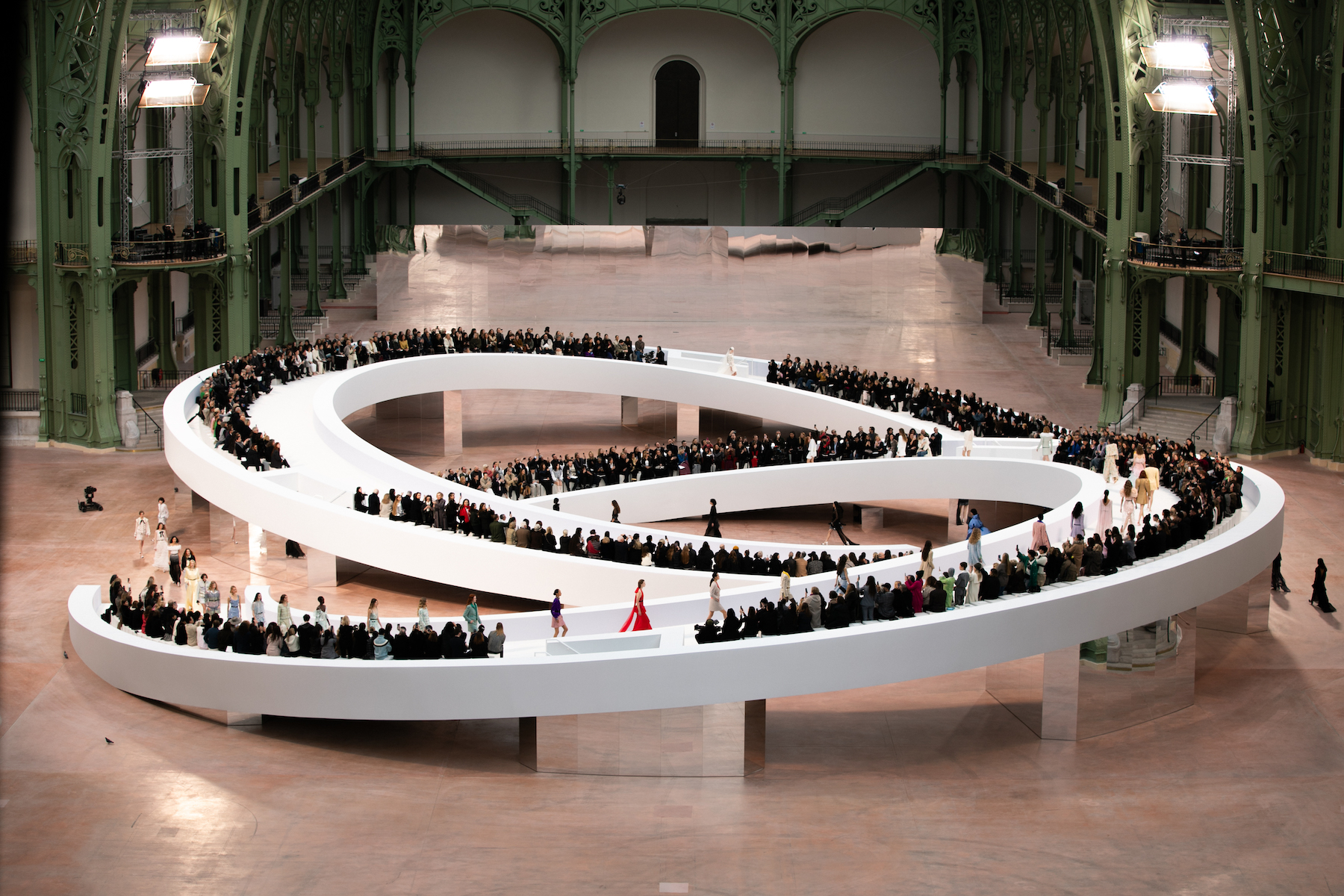 Haute Couture Week A/W 2025: what to expect
Haute Couture Week A/W 2025: what to expectFive moments to look out for at Haute Couture Week A/W 2025 in Paris (starting Monday 7 July), from Glenn Martens’ debut for Maison Margiela to Demna’s Balenciaga swansong. Plus, ‘new beginnings’ from JW Anderson
-
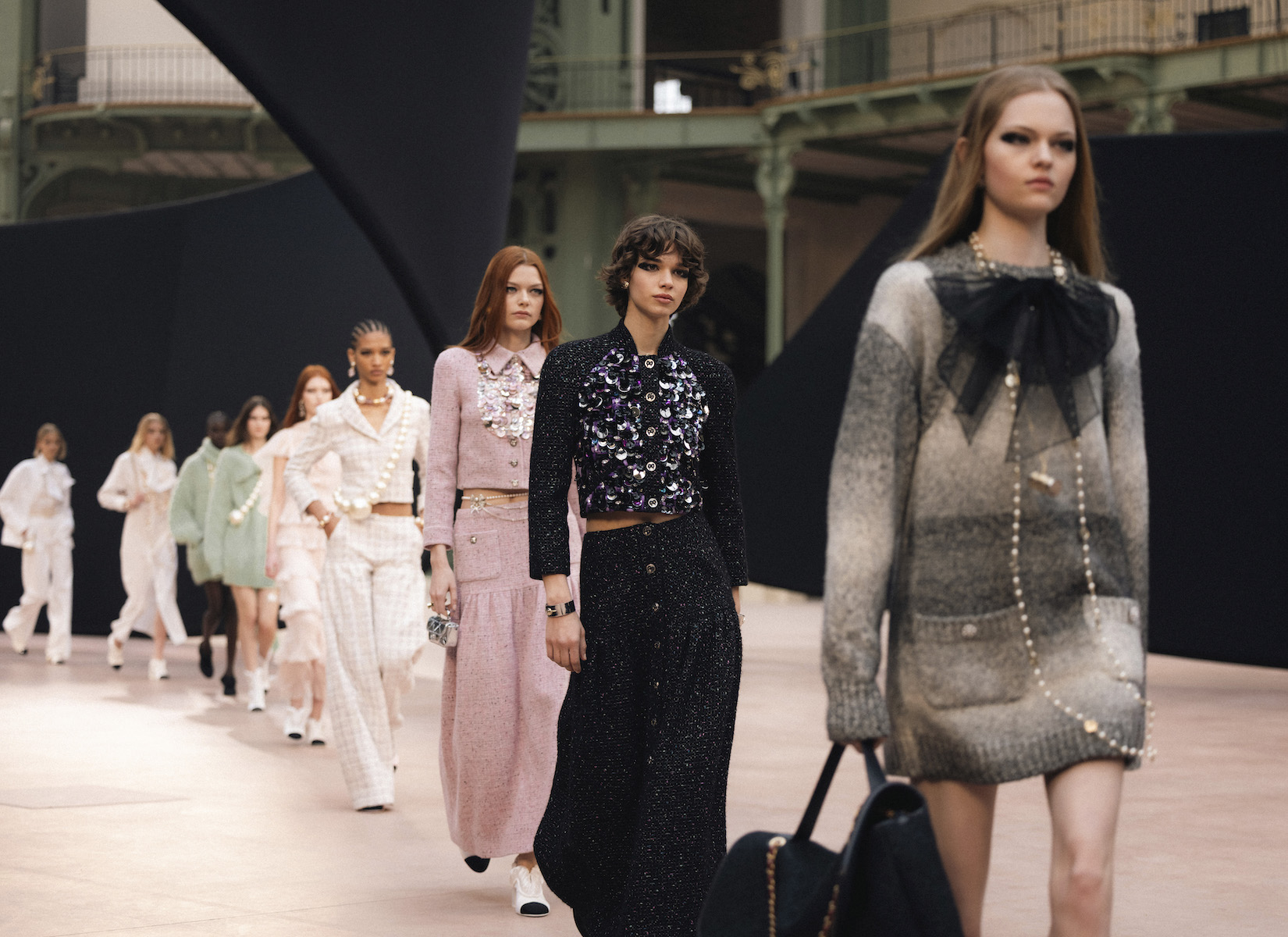 Paris Fashion Week A/W 2025 highlights: Chanel to Saint Laurent
Paris Fashion Week A/W 2025 highlights: Chanel to Saint LaurentWallpaper* selects the very best of Paris Fashion Week A/W 2025, from Chanel’s playful take on its house codes to an exercise in singularity at Saint Laurent
-
 The best of Haute Couture Week S/S 2025, from Chanel to Valentino
The best of Haute Couture Week S/S 2025, from Chanel to ValentinoRepresenting the pinnacle of Parisian fashion and savoir-faire, Haute Couture Week S/S 2025 took place in the French capital this week. Here, Wallpaper* fashion features editor Jack Moss picks the highlights
-
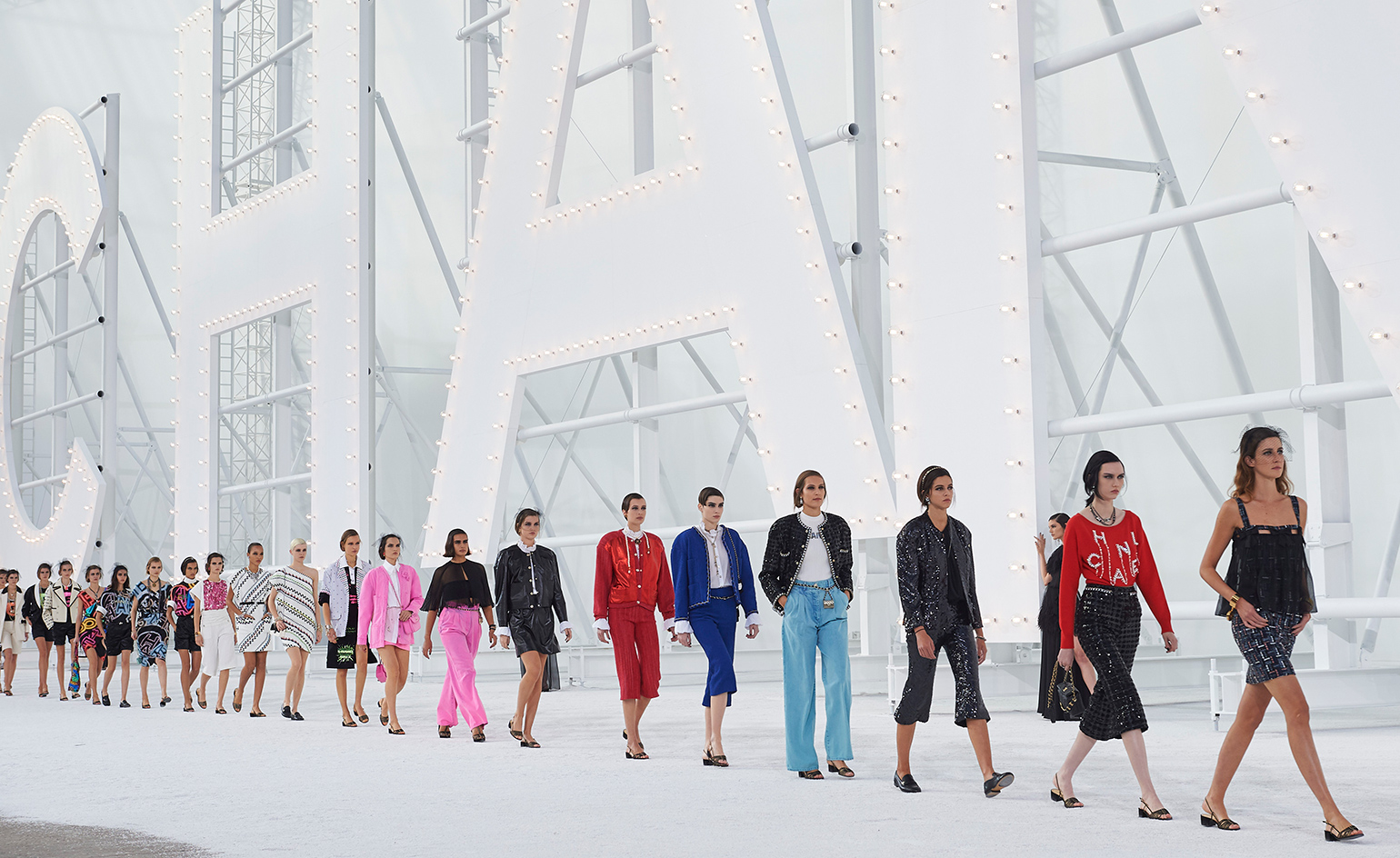 Walk this way: navigating S/S 2021's Paris Fashion Week
Walk this way: navigating S/S 2021's Paris Fashion WeekHow the City of Lights looked to the sartorial realities of our much changed lifestyles